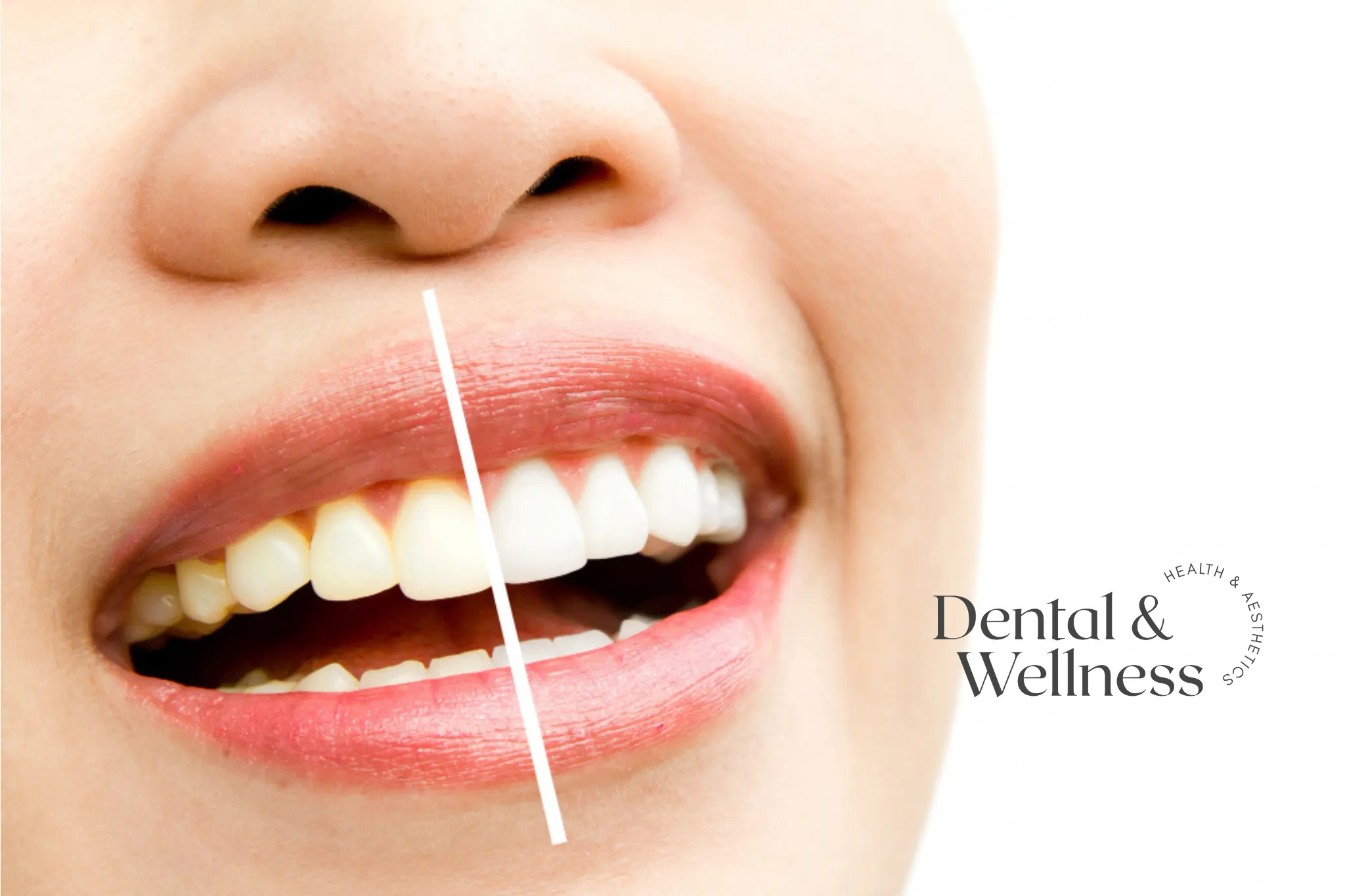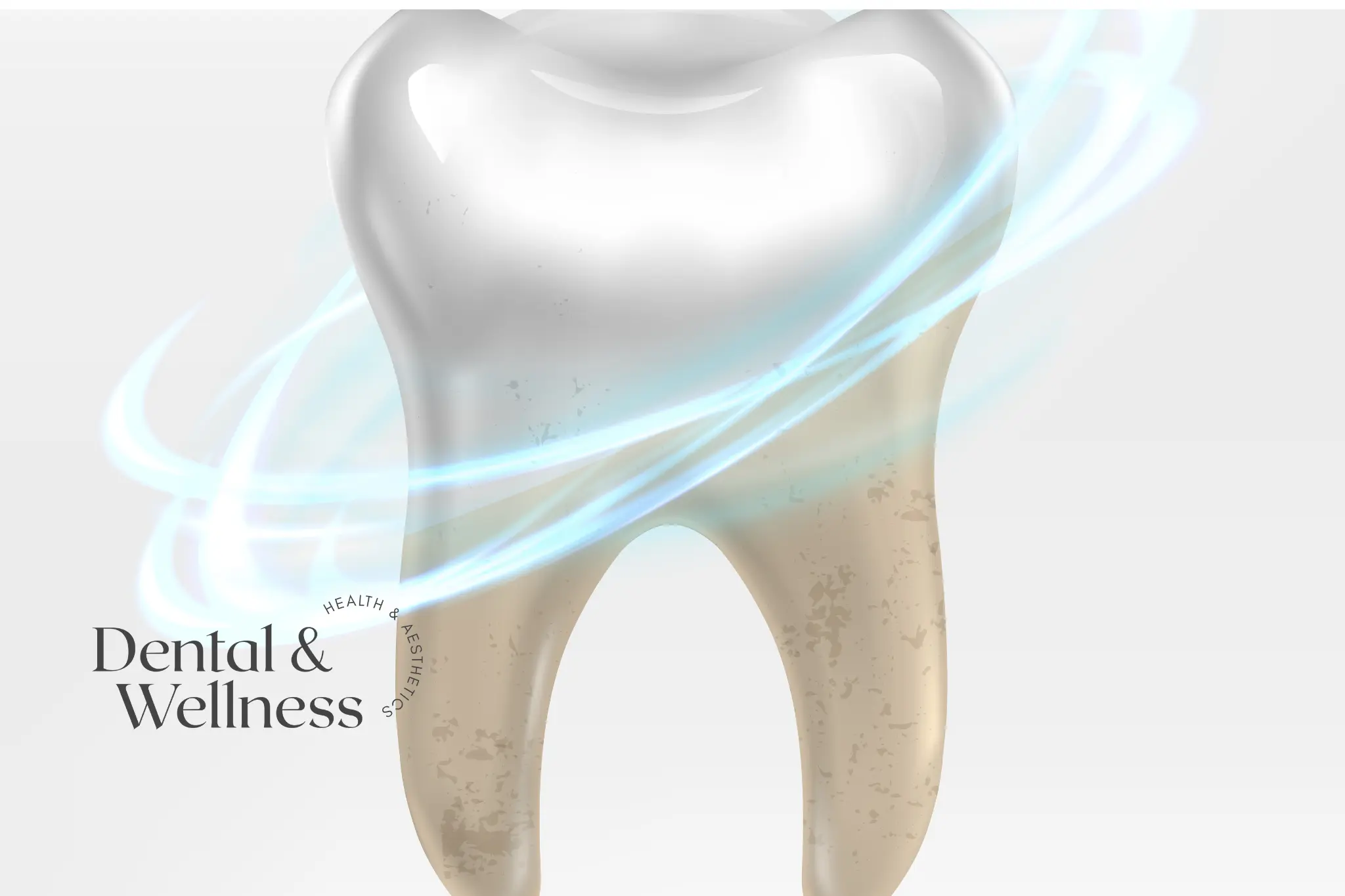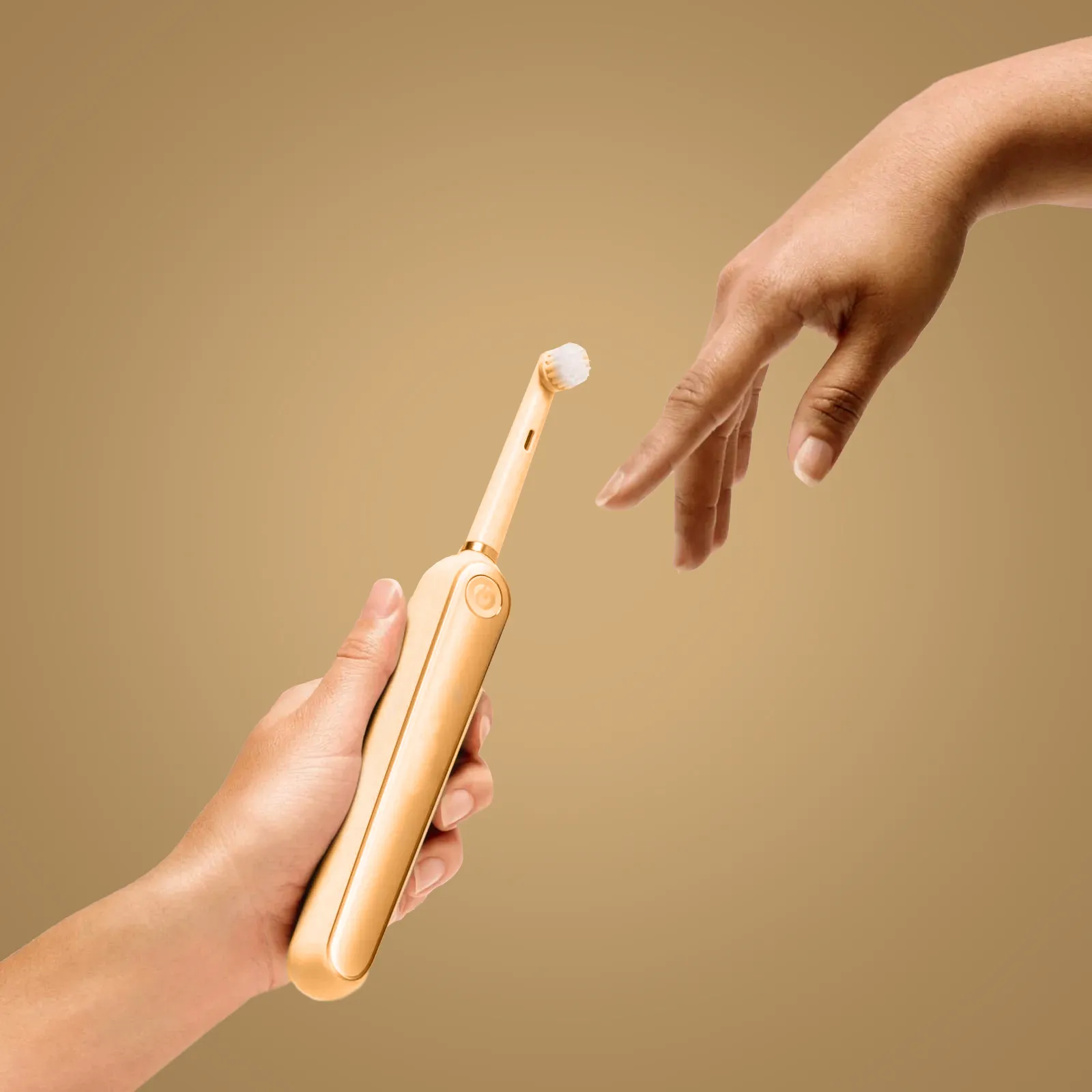TL;DR
- Teeth whitening strips are thin and flexible strips with a mild bleaching gel.
- They gradually remove surface stains.
- Home kits use lower concentrations of the whitening agent compared to dentist-supervised strips.
- If used incorrectly or excessively, they can cause tooth sensitivity, gum irritation, uneven whitening, and enamel damage.
- Some common risks associated with teeth whitening are gastrointestinal upset, allergic reactions, and pulp damage.
- Dentists guide safe teeth whitening. They recommend products, show correct application, and monitor results.
- The best strips fit teeth well. They come from trusted brands and list peroxide levels clearly.
- Always follow instructions. Stop if you feel discomfort and consult a dentist if needed.
How Safe are Teeth Whitening Strips?
A bright smile is something many people look for, and teeth whitening strips have become a popular way to achieve it. These thin, flexible strips are coated with a whitening gel that works on stains from coffee, tea, red wine, or smoking. Their appeal lies in the convenience, since no appointment is needed and results can often be seen in just a few days.
But it’s normal to wonder: are teeth whitening strips safe? Well, they are generally safe when used as directed, but incorrect or excessive use can lead to sensitive teeth, sore gums, and even enamel damage. This guide explains the potential risks and side effects, along with simple tips to help you achieve a brighter smile safely.
Do Teeth Whitening Strips Work?
Teeth whitening strips help make teeth look brighter by breaking down surface stains on the enamel. Most whitening strips use ingredients like hydrogen peroxide or carbamide peroxide. These ingredients gently break down the molecules that cause stains from coffee, tea, or food. Some strips may also use less common whitening agents, such as chlorine dioxide or PAP (phthalimidoperoxycaproic acid).
It’s important to remember that at-home strips have lower amounts of whitening chemicals (usually up to 0.1% hydrogen peroxide) compared to what a dentist can provide (up to 6% hydrogen peroxide). This means people with very dark or stubborn stains might not see dramatic results with OTC strips alone. In such cases, professional treatments may be needed for a brighter, faster outcome.
However, some whitening strips sold online or through unverified sellers contain up to 15% hydrogen peroxide. These are unsafe and can cause permanent enamel damage, severe tooth sensitivity, and gum irritation. Always check the product source and concentration before using whitening strips, and consult a dentist if unsure about their safety.
Potential Side Effects of Using Teeth Whitening Strips

While whitening strips can make your teeth look brighter, they can sometimes cause side effects. As per our specialists at Dental & Wellness London, incorrect or excessive use can lead to:
- Tooth Sensitivity
This is the most common side effect. Whitening gel can temporarily open tiny channels in the teeth that connect to nerves. This can make teeth more sensitive to hot, cold, sweet, or acidic foods. The feeling usually goes away. Dentists can suggest desensitizing toothpaste or adjust how often you use strips.
- Gum Irritation
If the gel touches your gums, it can cause redness, stinging, or mild irritation. Ill-fitting strips or incorrect placement increase this risk. A dentist can show you the right way to apply them safely.
- Enamel Weakening
Enamel is very strong, but overuse or leaving strips on too long can wear it down. This can make teeth more vulnerable to cavities. Using strips as directed and under a dentist’s guidance helps protect your enamel.
- Uneven Whitening
Strips may not reach every part of your teeth, especially if your teeth are crowded or crooked. This can cause patchy results. Professional treatments or dentist advice can help make whitening even.
- Mismatch With Dental Work
Crown, veneers, and fillings do not respond to whitening. Whitening strips can make your natural teeth look brighter than restorations. Dentists can plan treatments so your smile looks balanced and natural.
Are There Any Serious Risks to Consider?
It’s normal to wonder are teeth whitening strips safe, as, like any procedure, there are some risks to be aware of:
- Gastrointestinal Upset: Accidentally swallowing small amounts of whitening gel or saliva may cause mild nausea or stomach discomfort. Always rinse your mouth well and avoid swallowing the gel.
- Allergic Reactions: Though uncommon, some people may develop reactions such as irritation, rash, or swelling. Contact your dentist immediately if this happens.
- Pulp Damage: Using high concentrations of whitening gel or leaving it on for too long can irritate or damage the dental pulp, the inner part of the tooth containing nerves.
Who Should Be Careful While Using Teeth Whitening Strips
While teeth whitening strips are generally safe, some people should use them with caution or avoid them completely:
- Children and Teenagers: Their teeth are still developing, so whitening is usually not recommended for anyone under 18.
- People with Sensitive Teeth or Gums: Whitening strips can increase sensitivity or cause gum irritation. It’s best to consult a dentist first.
- People with Dental Restorations: Strips won’t whiten crowns, veneers, or fillings, which can cause uneven results.
- People with Oral Health Issues: Cavities, gum disease, or other dental problems should be treated before using whitening strips, as the chemicals can cause discomfort or worsen issues.
- Pregnant or Breastfeeding Individuals: There isn’t enough research on safety during pregnancy or breastfeeding, so it’s safer to wait.
Best Practices for Safe Use

Safe whitening starts with the right product and careful use. Follow these tips to get a brighter smile without harming your teeth:
- Choose Safe Whitening Strips and Consult a Dentist
Choose home whitening strips from trusted brands. Look for the best teeth whitening strips with clear peroxide levels on the label. Consult a dentist before starting treatment to ensure the product is safe and suitable for your teeth and goals.
- Follow the Instructions
Wear strips only for the time listed on the package. Don’t use them more often than directed. Overuse can lead to sensitivity or enamel damage.
- Apply Carefully
Make sure your teeth are clean and dry before use. Press each strip so it fits well and stays off your gums. Trim the edges if needed for a smooth fit.
- Watch for Side Effects
Stop using the strips if you notice irritation or sharp sensitivity. If discomfort continues, see a dentist before starting again.
- Follow Post-Whitening Oral Care Tips
After treatment, carefully peel them off and rinse your mouth well to remove any leftover gel. Follow up by brushing gently with a soft-bristle toothbrush. For the next 24 to 48 hours, try to avoid foods and drinks that can stain your teeth, such as coffee, tea, red wine, and tobacco products, to help maintain the whitening results.
Conclusion
So, are teeth whitening strips safe? Yes, when used as directed. Home kits containing up to 0.1% peroxide are suitable for mild surface stains, while professional treatments offered by dentists can use concentrations up to 6% peroxide for faster, more uniform results.
Using these products safely is key. Following instructions carefully helps prevent sensitivity, gum irritation, or enamel damage. For added assurance, seeking guidance from a professional ensures the whitening process is both effective and gentle on your teeth.
If you’re looking for teeth whitening services in Islington, Dental & Wellness London is here to help. We offer both in-clinic and at-home whitening options, so you can choose what works best for your schedule and lifestyle.
To know more, schedule a consultation with your trusted dentist in Essex Road at Dental & Wellness London. Call 02081274567, email reception@dentalwellnesslondon.co.uk, or visit 222 Essex Road, London N1 3AP to book your appointment today.
FAQs
Do teeth whitening strips work?
Yes. They remove surface stains and gradually lighten teeth in one to two weeks.
How do teeth whitening strips work?
Whitening agents like peroxide present in the gels break down the stain molecules on enamel, gradually brightening teeth.
How to use teeth whitening strips?
Apply the strips to clean, dry teeth, avoiding contact with your gums. Leave them on for the recommended duration, then remove and rinse your mouth thoroughly.
How often should you use whitening strips?
Use whitening strips as directed on the packaging, usually once daily for 7-14 days. Occasional touch-ups can be done afterward to maintain results.
How can a dentist assist with teeth whitening?
A dentist can recommend safe peroxide levels, monitor your progress, guide the proper use of home whitening kits, and provide professional treatments for more uniform and long-lasting results.
















